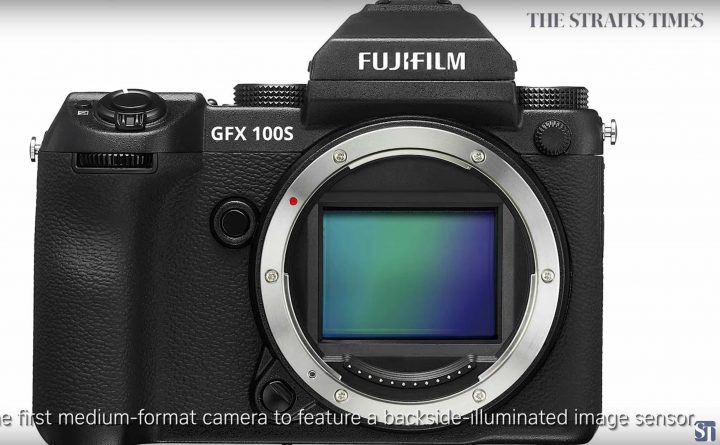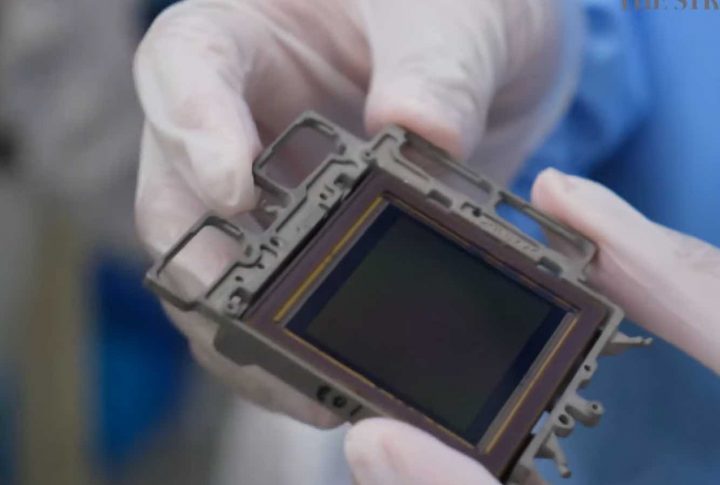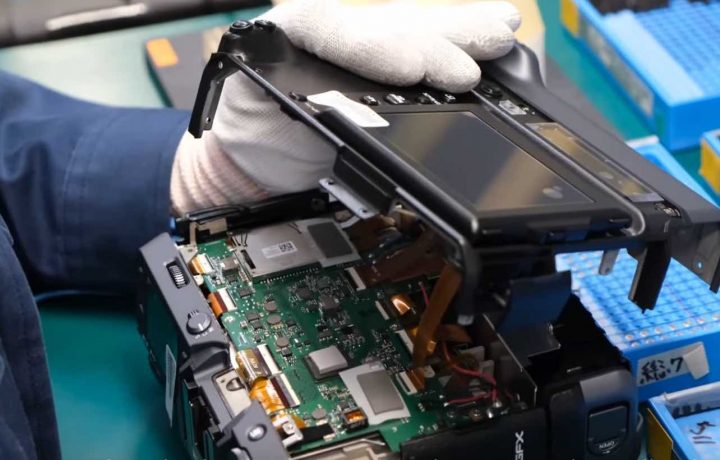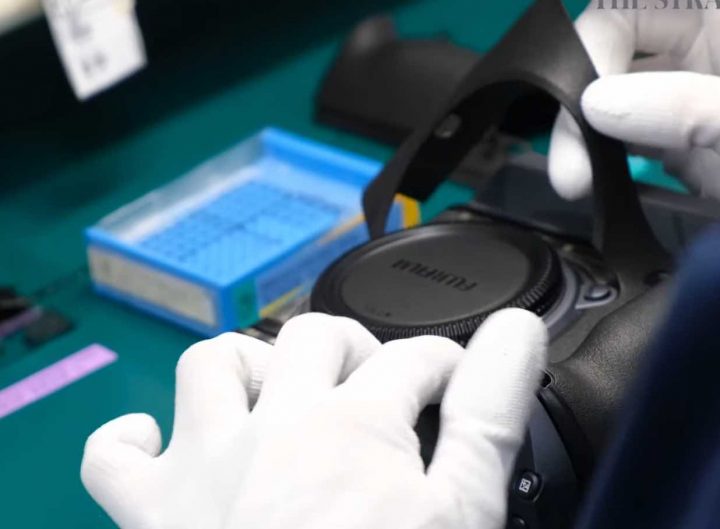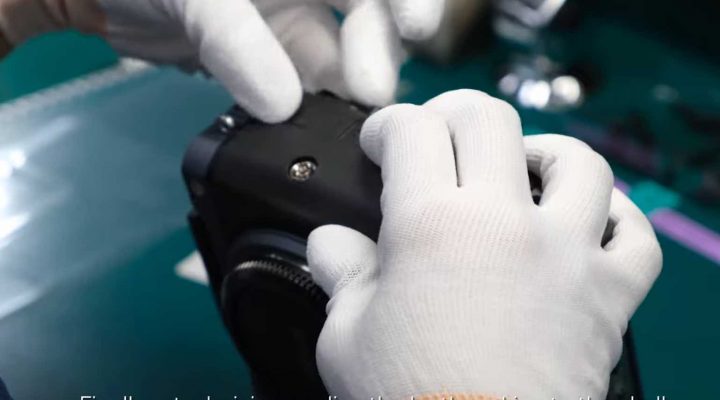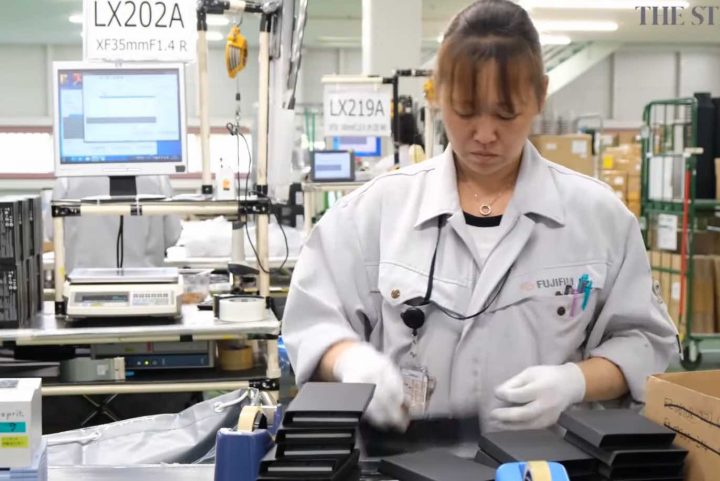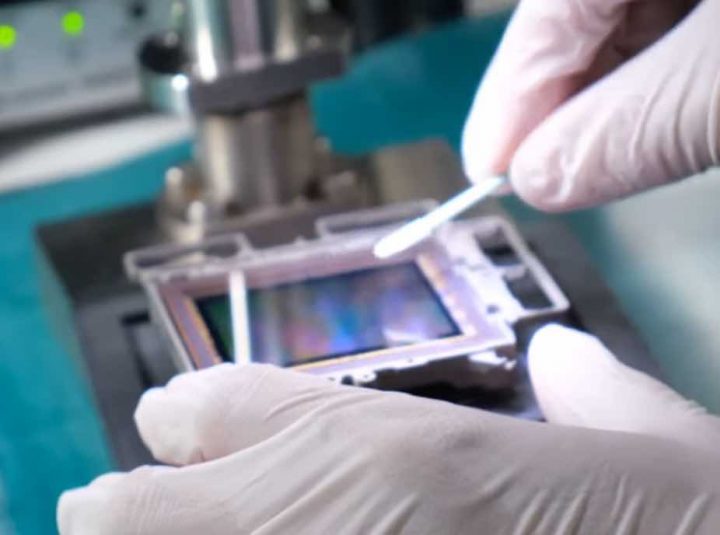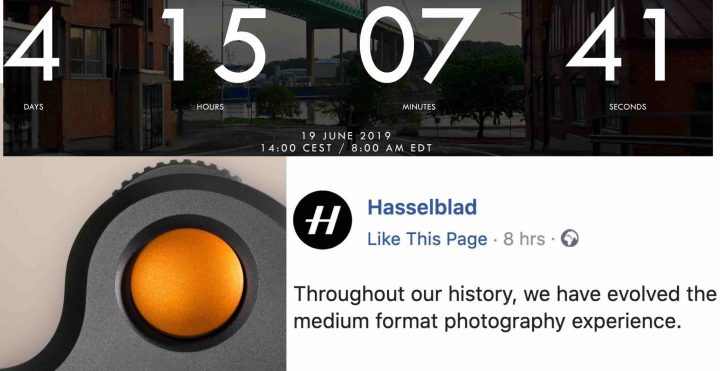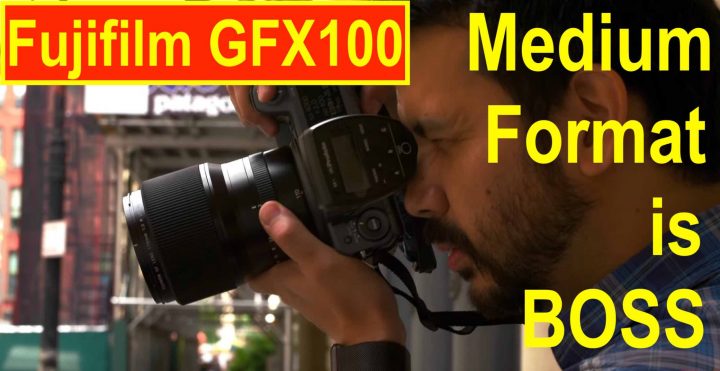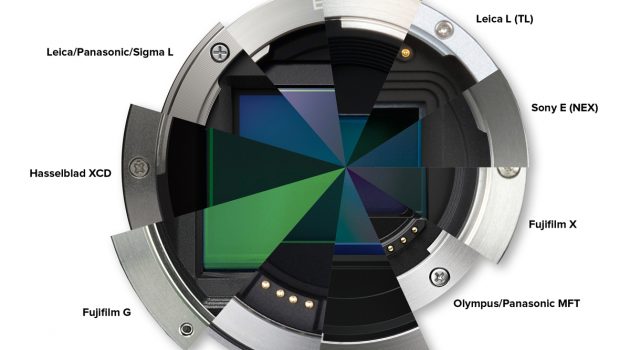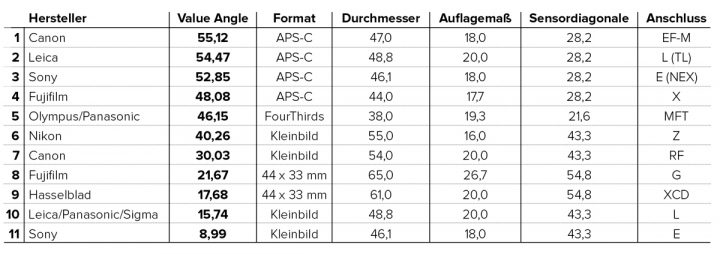Inside the Fujifilm Factory, Eye AF Demo and a Confusing Fujifilm GFX 100S Rendering
Fujifilm Factory
The Straits Times posted a short video, with clips from inside the Fujifilm factory in Sendai.
Interestingly, at some point they display a rendering of the Fujifilm GFX100S, basically a Fuji GFX50S marked as 100S. I don’t know if they were confused and just made an incredible error, or if they just wanted to hint something to us :)
Anyway, here are some facts we hear in the video:
- 227,000 sqm
- 2,000 workers
- 18,000 cameras manufactured each month
- 30,000 to 50,000 lenses manufactured each month
- the first room they visit is a room, where the “image sensor is produced“, as well as some of the lenses assembled
- the IBIS of the GFX100 consists of 110 pieces. It takes surprisingly little space around the image sensor
- the camera is assembled from close ot 900 pieces [to be precise, 860 pieces, as we reported here]
When he says about “image sensor being produced” he probably means “assembled on the GFX“, since it is produced by Sony.


